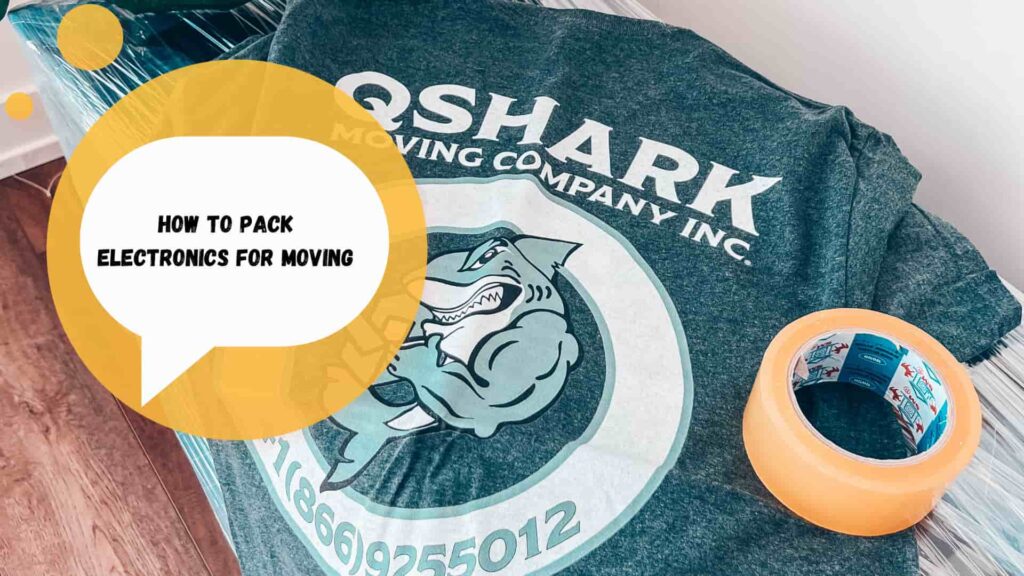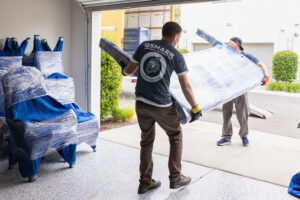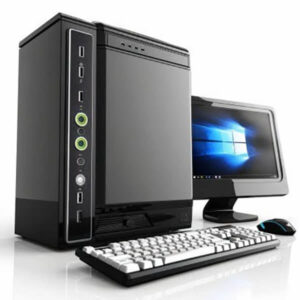How to Pack Electronics for Moving

Introduction
Moving soon? Hold up! Don’t just shove those pricey electronics into boxes. The way you pack them can make or break their functionality. We’re talking about potential screen cracks, data loss, and—let’s not even mention—tangled cables. Learn everything about How to Pack Electronics for Moving.
- Importance: Electronics are investments. Protect them.
- Challenges: Delicate parts, precious data, and oh, the cords!
| Step | Process | Key Points |
|---|---|---|
| 1 | Planning | Organize electronics, gather user manuals, get insurance and tracking |
| 2 | Preparation | Remove batteries, prepare disk drives |
| 3 | Labeling | Label cords, cables, and use color-coded stickers |
| 4 | Packing Computer | Backup data, update security, clean and pack |
| 5 | Packing Techniques | Follow manufacturer guidelines or use DIY packing tips |
| 6 | Unpacking and Setup | Inventory check, step-by-step unpacking, test devices |
| 7 | FAQ | Answers to commonly asked questions about packing and moving electronics |
Planning Phase

Organizing Electronics
Start by playing matchmaker. Pair like with like—laptops with laptops, speakers with speakers, and so on. Once you’ve got your gadgets grouped, find those user manuals. They’re not just booklet fillers; they’re your packing Bibles.
Benefits of Organizing
- Easier tracking: Know what you have.
- Simplified packing: Similar items often require similar packing materials.
- Efficient unpacking: No more guessing games at the new place.
User Manual Treasures
- Specific guidelines for packing and storing
- Important settings to note for re-setup
- Warranty details and customer service contacts
Insurance and Tracking
Do you think you can skip on insurance? Think again. Secure transit protection or moving insurance. Plus, mobile phone and electronics tracker apps aren’t a bad idea either.
| Types of Insurance | What You Get |
|---|---|
| Basic Liability | Minimal coverage |
| Full Value Protection | Covers the item’s full value |
Popular Tracking Apps
- Find My iPhone
- Google Find My Device
- Tile
Preparation Steps
Preparing Batteries
The first rule in battery club is to remove them from the devices. The second rule is to charge the rechargeable ones. Leaking batteries are a mess you don’t want.
Prepping Disk Drives
Eject all CDs and DVDs, and be kind to your printer—safeguard those cartridges.
FAQ: How do you pack fragile electronics?
Answer: Bubble wrap is your best friend.
Labeling

Labeling Items
Enter the world of labeling. Mark every cord, cable, and adapter. Use color-coded stickers to make the unpacking phase a breeze.
Benefits of Labeling
- Quick identification: No more “Which cord is this?”
- Easier setup: Color coding speeds up reconnection.
- Stress reduction: Less guesswork, more action.
Color Coding Ideas
- Red: Audio devices
- Blue: Video devices
- Green: Data cables
Labeling Cables
Bag and label each cable individually. And for heaven’s sake, take some photos for reference. Future you will thank you.
FAQ: How do you pack stereo components for moving?
Answer: Individually wrap each component, and label the cables according to their connection points.
Packing Your Computer
Backup
Before you even think about bubble wrap, let’s talk data. Backup all your important files, folders, and applications. Update your security software as well. Trust us, the last thing you want is to lose precious data during a move.
Benefits of Backing Up
- Data recovery: Accidents happen. Be prepared.
- Peace of mind: You can focus on the physical move.
- Easy transition: Set up your system quicker at the new place.
Data Backup Options
- External hard drive
- Cloud storage like Google Drive or Dropbox
- Specialized backup services
Security Measures
- Update antivirus software
- Enable firewall
- Turn off auto-login features
Cleaning and Packing
A clean computer is a happy computer. Use a vacuum cleaner to suck out the dust from the vents and cooling fans. When choosing packing materials, be careful. Not everything that cushions is good for electronics.
What to Use
- Bubble wrap: For the monitor and CPU
- Anti-static bags: For internal components
- Padded boxes: For the whole setup
What Not to Use
- Newspaper (Scratches alert!)
- Styrofoam peanuts (Hello, static!)

Packing Techniques
Manufacturer Guidelines
Those user manuals you gathered earlier? Now’s the time to read them cover to cover. Manufacturers often provide specific guidelines for packing, and using the original packaging is always a win.
Why Follow Manufacturer Guidelines?
- Tailored protection: Designed for your specific device.
- Warranty compliance: Some warranties require original packaging.
- Stress-free unpacking: Original packaging often labels component slots.
DIY Packing
If the original boxes have long been recycled, fret not. You can still pack like a pro. Use high-quality moving blankets for cushioning. And while we’re on screens, let’s get this straight—towels and blankets are not screen protectors.
DIY Packing Materials
- Bubble wrap: For fragile parts
- Foam inserts: For gaps in the box
- Heavy-duty tape: To secure everything
Commonly Asked Question: How do I pack my smart TV for moving?
Answer: Use bubble wrap for the screen and secure it in a flat-panel TV kit if possible.
Unpacking and Setup
Precautions
The first thing to do after arriving at your new home? Inventory check. Make sure all your electronics are safe and sound. If you’re considering upgrading your cords or power strips, now is the time.
Precautionary Measures
- Do a full inventory check against your list.
- Inspect for any visible damages like cracks or dents.
- Consider investing in surge protectors or high-quality power strips.
Step-by-Step Unpacking
The unpacking process is equally crucial. Go slow—unpack one item at a time and test each device before moving on to the next.
Unpacking Tips
- Start with the most essential devices like your computer or phone.
- Revisit those user manuals for setup guidelines.
- Test each device immediately after unpacking.
Device Testing Checklist
- Power it on.
- Check for any visual and audio issues.
- Test all ports and connections.
Conclusion How to Pack Electronics for Moving
You’ve made it! By now, you should be an electronics-moving ninja. Remember, the devil is in the details. A little effort now can save you a lot of trouble later.
Final Tips for a Hassle-Free Electronic Move
- Backup, backup, backup!
- Use quality packing materials.
- Label everything.
Still, got more to pack? Check out our guides on how to pack plants, alcohol, mugs, and bathroom items. Trust us. We at Qshark Moving Company know how to make your move as smooth as possible.
Ready to move those electronics safely? Contact us today!
FAQ Section
Q: How do you carry a TV when moving?
A: Always carry it upright and preferably with the help of another person. Use the original packaging or a specialized TV moving box.
Q: What items should not be packed when moving?
A: Avoid packing hazardous materials, perishable items, and important documents with your electronics. Check out our financial mistakes to avoid when moving for more tips.
Q: How do you pack stereo components for moving?
A: Wrap each component separately, label all the cables, and pack them in a sturdy box with ample cushioning.
Q: How do I pack my smart TV for moving?
A: Use bubble wrap for the screen and place it in a flat-panel TV kit or its original packaging if possible.
Q: How do you pack fragile electronics?
A: Use bubble wrap, foam inserts, and sturdy boxes. Make sure to label the box as ‘Fragile.’
Q: How do you pack electronics for moving?
A: Start by organizing your electronics, backing up data, removing batteries, and following manufacturer guidelines or DIY packing tips. For a step-by-step guide, you’re already in the right place!


 How to Pack a Garage for Moving
How to Pack a Garage for Moving How to Pack a Desktop Computer for Moving
How to Pack a Desktop Computer for Moving How to Pack Wine Bottles for Moving
How to Pack Wine Bottles for Moving How to Pack Bathroom Items for Moving Like a Pro
How to Pack Bathroom Items for Moving Like a Pro Learn How to Pack Mugs for Moving from Industry Pros
Learn How to Pack Mugs for Moving from Industry Pros